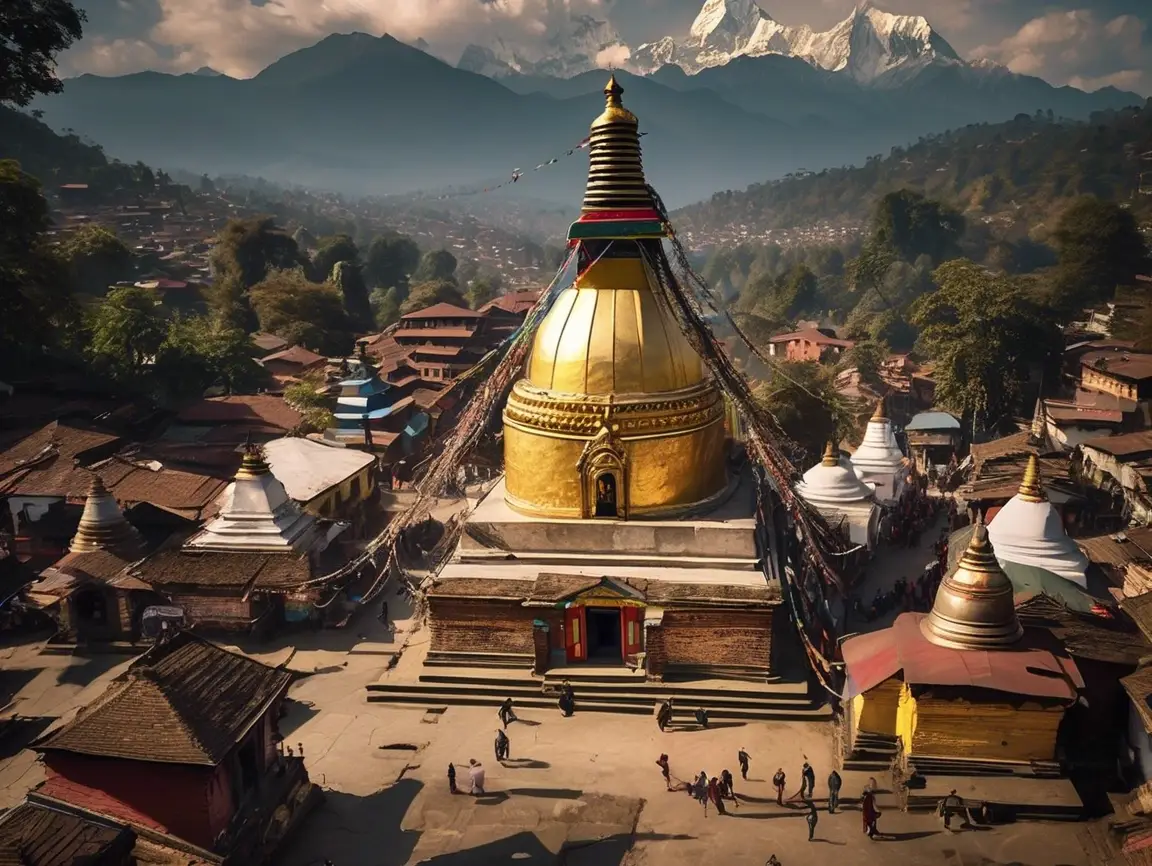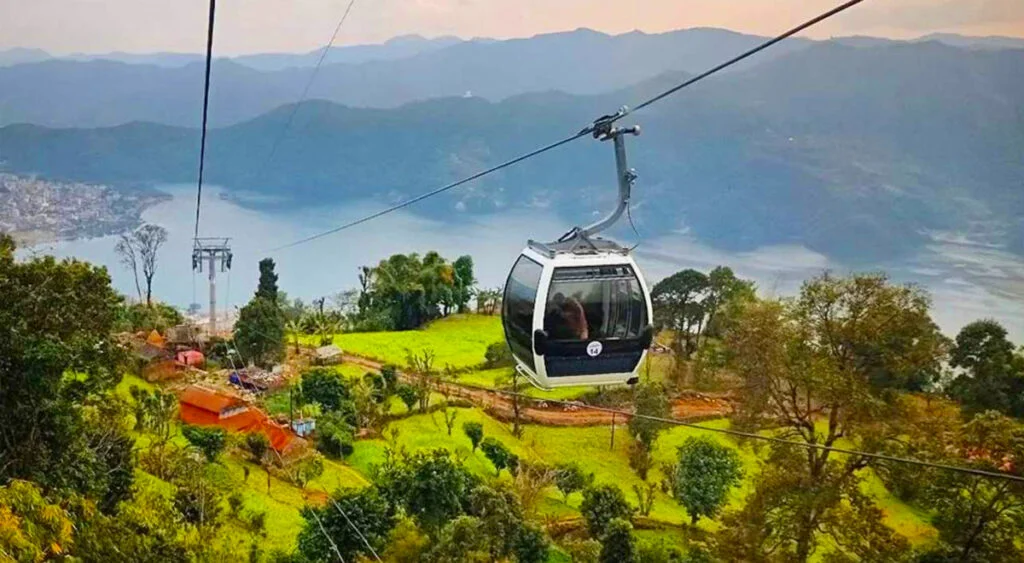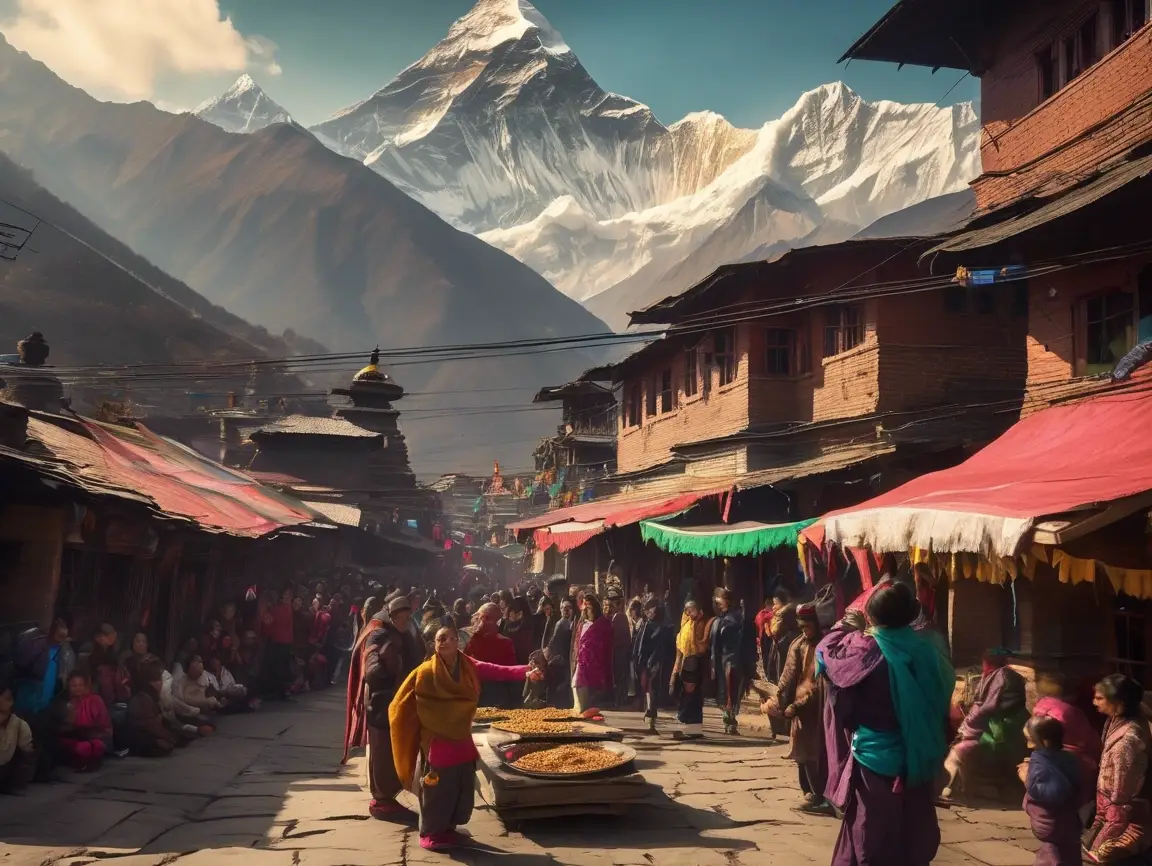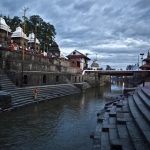Now Reading: Top UNESCO World Heritage Sites in Nepal You Must Visit
-
01
Top UNESCO World Heritage Sites in Nepal You Must Visit
Top UNESCO World Heritage Sites in Nepal You Must Visit

Nepal is a country of immense beauty and deep cultural roots. Located between India and China, this small Himalayan nation boasts not just breathtaking landscapes but also some of the world’s most treasured heritage sites. Recognised by UNESCO, these places are more than just tourist spots; they are living monuments to human creativity, spirituality, and ecological diversity.
If you’re someone with a passion for history, architecture, nature, or conservation, Kathmandu and other parts of Nepal are like a goldmine waiting to be explored. In this blog post, we will guide you through the Top UNESCO World Heritage Sites in Nepal and explain why they hold such significance for those who value the preservation of culture and nature.
1. Kathmandu Valley – A Living Museum
The Kathmandu Valley is home to seven UNESCO World Heritage Sites, making it one of the richest cultural landscapes in the world.
The Seven Sites:
- Swayambhunath Stupa (Monkey Temple): A sacred Buddhist shrine perched on a hill with panoramic views of the valley. It’s one of the oldest religious sites in Nepal.
- Boudhanath Stupa: One of the largest stupas in the world and a spiritual centre for Tibetan Buddhism.
- Pashupatinath Temple: A sacred Hindu temple complex dedicated to Lord Shiva on the banks of the Bagmati River.
- Kathmandu Durbar Square: The royal palace square is filled with temples, courtyards, and statues.
- Patan Durbar Square: A masterpiece of Newari architecture and home to ancient palaces and stone carvings.
- Bhaktapur Durbar Square is known for its preserved medieval layout and stunning woodwork.
- Changu Narayan Temple: The oldest Hindu temple still in use, with inscriptions dating back to the 4th century.
Why It Matters for Conservation:
Kathmandu Valley showcases the interplay between culture and urban development. These sites face threats from earthquakes, pollution, and over-tourism, making them essential case studies for urban conservation, heritage restoration, and community-based preservation.
2. Lumbini – The Birthplace of Lord Buddha
Located in the Rupandehi district, Lumbini is one of the most sacred sites for Buddhists. It’s the birthplace of Siddhartha Gautama, the founder of Buddhism.
Key Features:
- Maya Devi Temple: Built at the exact place where Queen Maya Devi gave birth to Buddha.
- Ashok Pillar: Erected by Emperor Ashoka in 249 BC to mark the sacred spot.
- Monastic Zone: Divided into East (Theravada) and West (Mahayana & Vajrayana), with beautiful monasteries built by Buddhist countries like Thailand, Japan, and Germany.
Conservation Value:
Lumbini is a model for peaceful development and archaeological conservation. The site offers insights into sustainable tourism planning, sacred landscape management, and intercultural dialogue.
3. Chitwan National Park – A Wildlife Conservation Triumph
Recognised as Nepal’s first national park, Chitwan National Park is a UNESCO Natural World Heritage Site. Located in the lowland Terai region, it’s famous for its rich biodiversity.
What You’ll See:
- Bengal Tigers, One-horned Rhinos, and Asian Elephants.
- Over 500 species of birds, marsh crocodiles, and rare flora.
- Community-based conservation programs with local Tharu villages.
Conservation Learning:
Chitwan is an ideal location for conservation students, wildlife photographers, and environmental NGOs. It has successfully integrated tourism, local livelihoods, and species protection, showing how conservation can work in harmony with people’s needs.
4. Sagarmatha National Park – Home of Mount Everest
Sagarmatha National Park encompasses the world’s tallest mountain, Mount Everest, and the rugged highlands of the Khumbu region.
Natural and Cultural Riches:
- Dramatic landscapes include glaciers, alpine meadows, and deep valleys.
- Sherpa culture and Buddhist monasteries, including Tengboche.
- Diverse wildlife like the snow leopard, red panda, and Himalayan tahr.
For Conservationists:
This site provides an opportunity to study climate change impacts, mountain ecology, and indigenous conservation knowledge. With Everest attracting thousands of trekkers each year, it also raises questions about sustainable tourism.
Final Thoughts
Nepal is more than just a trekking destination. Its UNESCO World Heritage Sites offer endless lessons for anyone passionate about culture, conservation, or community development. Whether you’re walking through ancient palace squares or studying endangered species in the jungle, Nepal invites you to explore—and protect—its unique heritage.
And nowhere is this opportunity more visible than in Kathmandu Valley, a place where ancient history, living tradition, and modern conservation all meet. For those with a conservation mindset, Nepal isn’t just a place to visit; it’s a classroom, a workshop, and a global example of how heritage can be both preserved and celebrated.














